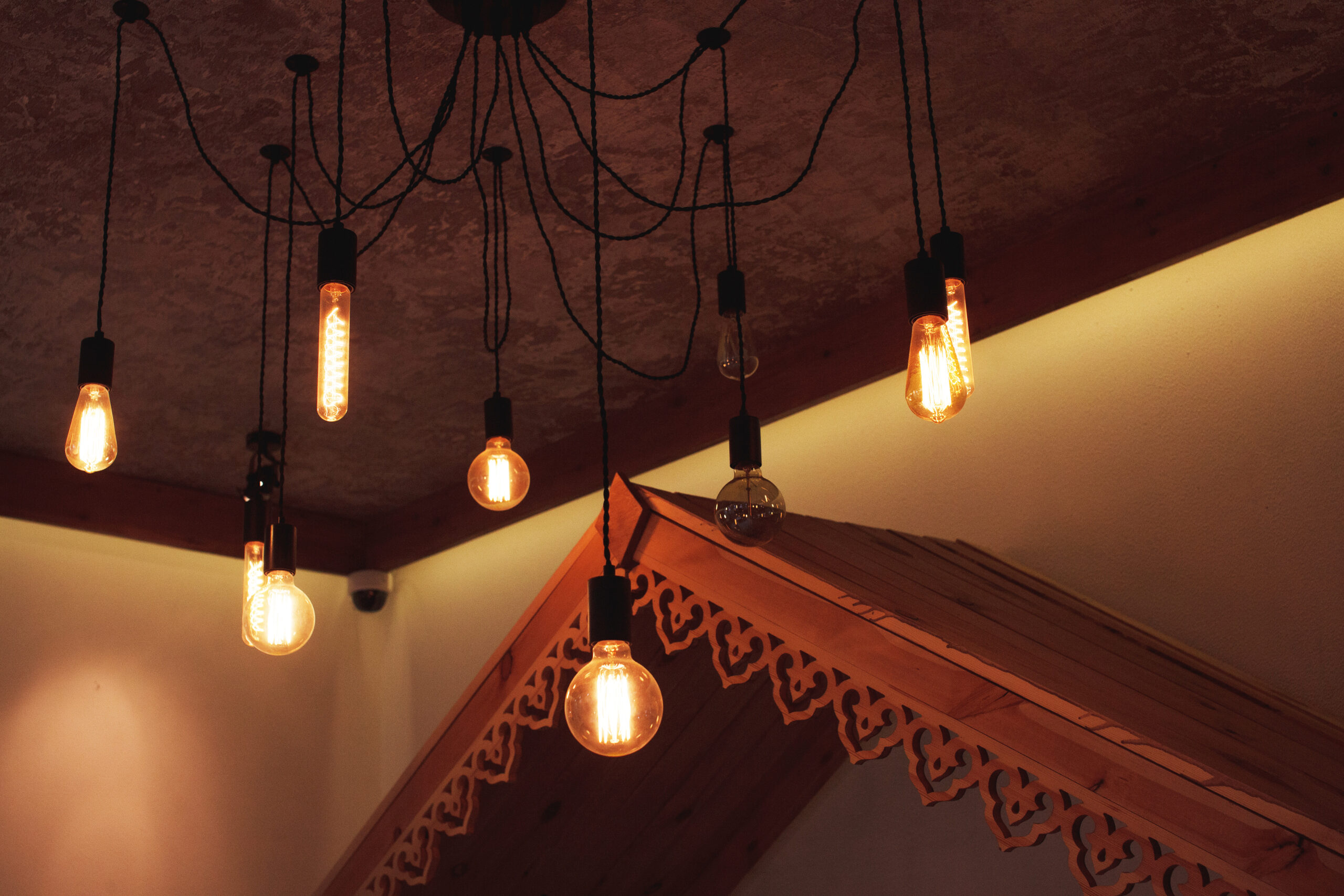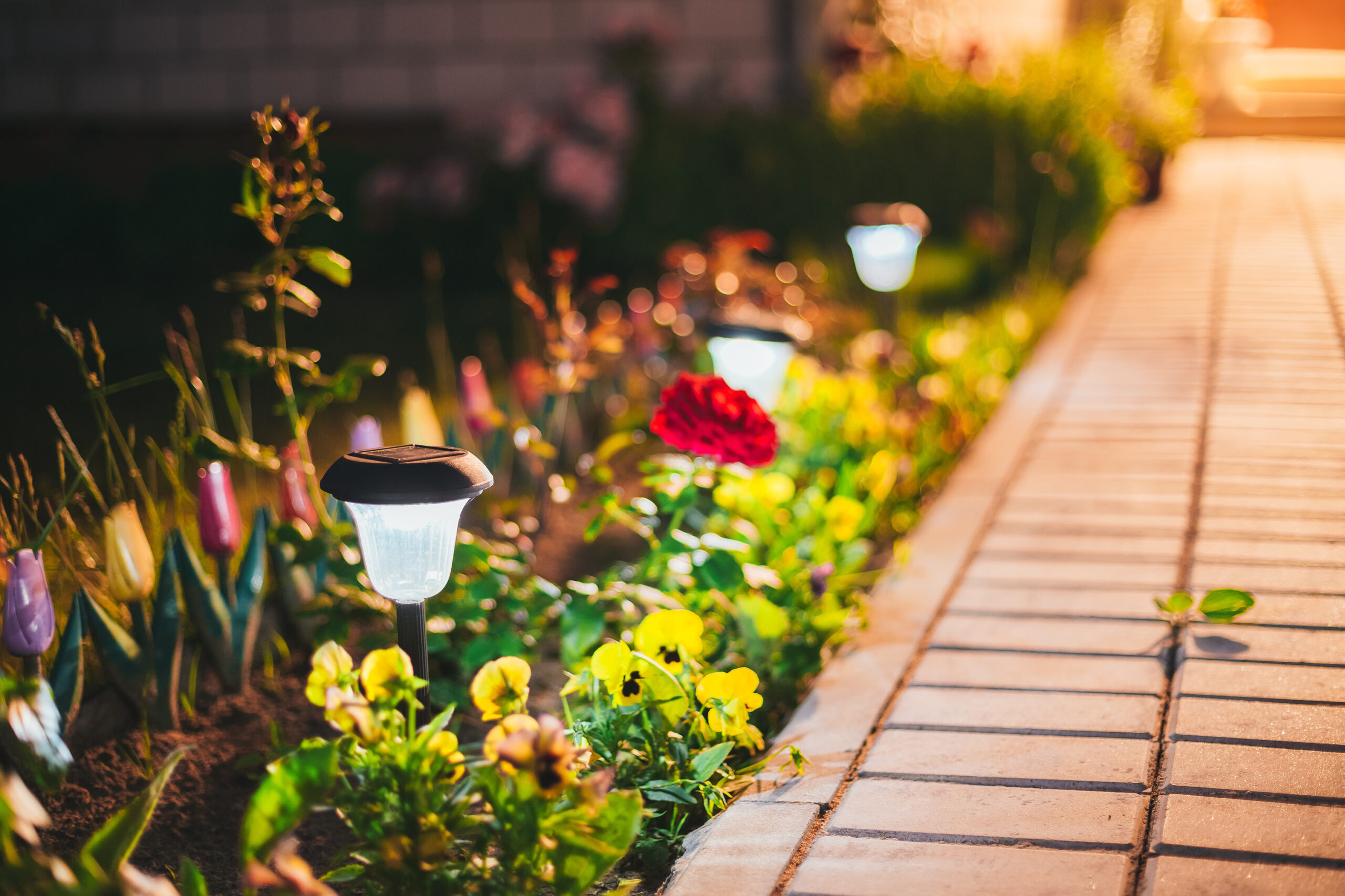What Is Low Voltage Lighting

Many light fixtures wires directly into your home’s electrical system. We know them as “line voltage lights” and run on 120 volts. Many forms of classic lighting, including ceiling lights and sconces, employ these basic fittings. Low-voltage lights utilize less than 50 volts of electricity and rely on transformers to lower voltage from your electrical system. Many of which incorporate it within the fixtures. So, what is low voltage lighting?
Low voltage lighting is confusing with energy-efficient lighting, whose reputation suffered when they produce the first few rounds of goods. Most of us still associate low-voltage lighting with those spiral-shaped lights that gleamed with a sickly, pale blue color and took an eternity to brighten up after being turned on. On the other hand, low voltage lighting is a little different. Furthermore, all types of lighting have gone a long way from those poorly lighted days. So, what exactly is it? Here, we explain its technology and the numerous benefits it provides.
What Is Low Voltage Lighting
It began with 12v halogen bulbs, which provided similar brightness levels and behaved similarly to mains voltage halogen lamps. Although halogen lighting is being phased out, the low voltage lighting sector is currently dominated by significantly more energy-efficient LED technology.
Low voltage lighting and its benefits are gaining worldwide, as there is a growing trend away from standard 230v mains power lighting. Intended initially to permit safe outside landscape lighting, they now utilize the technology indoors. It works by stepping the voltage down from 230v to 24v, 12v, or lower using an LED driver or transformer. The transformer is either incorporated into the light fitting or fitted separately, but its presence is required for the light to function.
Top 3 Advantages of Low Voltage Lighting
The following are the top three advantages:
1. Long Life Expectancy
Its lifespan is its absolute advantage of it. Compared to old incandescent and halogen lights, the combination of lower wattage and LED technology produces perfect circumstances for long-lasting bulbs. Especially now that LED is becoming the most common low-voltage illumination. LEDs are now more cost-effective than ever. It utilizes less energy to generate the exact amounts of light and needs to replace less frequently.
2. Safety
It is substantially safer due to the significantly lower voltage going through the light fittings. The lower voltage decreases the risk of major electric shock and gives a safer choice for outdoor lighting systems that will not pose a problem when exposed to rain and dampness.
3. Versatility
Because lower voltage bulbs may be smaller, lighting designs can be more diversified and imaginative. These small fittings make it possible to light smaller, tighter locations that would otherwise be impossible to light safely or efficiently.
Make the Switch
You can use low voltage light to brighten the home interior or the sidewalk leading to the front door. These fixtures come in several beam diameters, and their modest size allows for installation in tight quarters. For efficient accents and fills around your house, use low-voltage lighting.
For your low voltage solutions, connect with Southwest Integrated Solutions!

